Introduction to the Rules of Cricket
Cricket is the second most popular sport in the world just behind Football. Widely recognised as the Gentleman’s sport, it is also one of the oldest modern-day sports in the world. If you are new to the game this is the perfect article for you! Cricket is no less than Religion in many parts of the world, especially India. In every street and on every ground, you will see some or the other form of cricket being played.
Just like any other sport, cricket follows certain rules and regulations. In the world of cricket, these rules and regulations are known as the Laws of Cricket and they are followed across formats and across all levels of Cricket. For example, all the Domestic Cricketing Leagues in India, follow the same Laws of the Game that are followed at the International Level. Established by the Marylebone Cricket Club (MCC), these laws ensure that the game is played fairly and consistently. These laws are thoroughly followed in any match organised or carried out under the jurisdiction of the ICC. Today we will take a look at 10 of the most fundamental Laws of Cricket that every player and fan should know about.
10 Fundamental Laws of Cricket
1. The Players and Teams (Law 1)
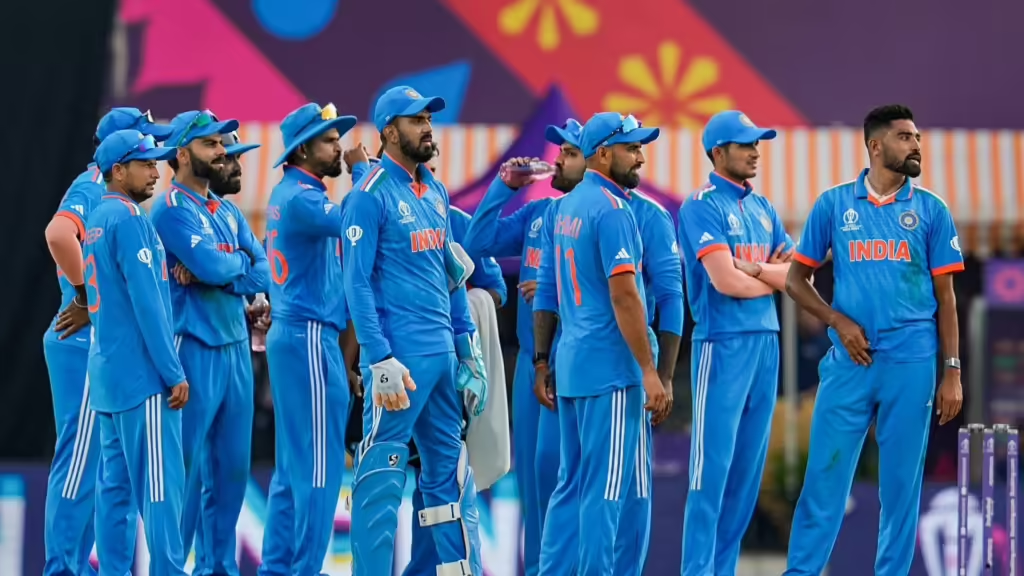
Every Cricket Match involves two teams, with each team consisting of 11 players each. Out of these 11 players, one is designated to be the captain of the team. The Captain is the one who is handed the responsibility of selecting the playing 11(with the coaching staff), making on-field decisions, setting up field positions, being the spokesperson for the team on and off the pitch, and ensuring that his team plays within the spirit and rules of cricket.
2. The Umpires (Law 3)
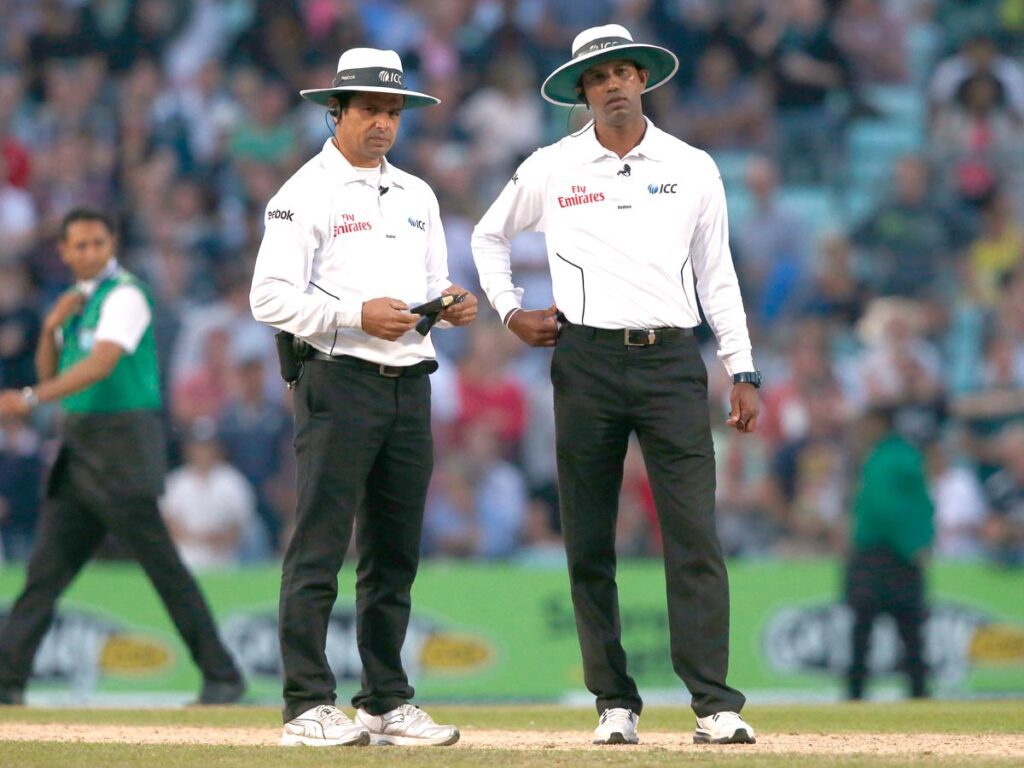
- In Cricket, there are 2 on-field umpires who are responsible for officiating the match, ensuring that the laws are upheld and making decisions on dismissals, boundaries, and other key moments in the game. The umpires are and should always be impartial and their decisions are deemed as final. But, in higher levels of cricket, there is a third umpire who assists the 2 on-field umpires with decisions using technology, particularly for run-outs, tight boundary calls and also for DRS.
- The Decision Review System (DRS): The Decision Review System in cricket uses technology to help umpires make more accurate decisions. Players can challenge certain calls, like dismissals, by requesting a review. Here’s how the DRS works:
- Player Review: If a team disagrees with a decision, they can ask for a review, but teams have a limited number of reviews per match.
- Technology: The third umpire uses tools like Hawk-Eye (tracks the ball’s path), UltraEdge (detects contact between bat and ball), and Snicko (detects noise when the ball passes the bat) to review the decision.
- Outcome: The decision is either confirmed or overturned based on the review.
- DRS is used to ensure fairness in the cricketing decisions.
3. The Scoring and Winning (Law 21)
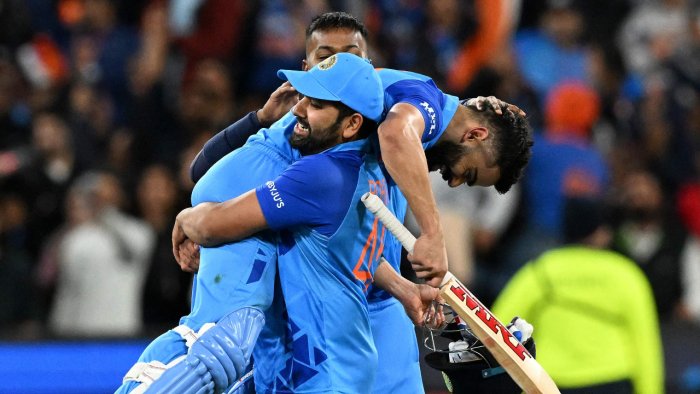
In Cricket, the primary objective is to score more runs than the opposing team. A run is scored when the batsmen run to each other’s crease (1’s, 2’s, 3’s) or when the ball reaches the boundary(4’s or 6’s). A team can win by either scoring more runs in the allotted overs (limited-overs formats) or dismissing the opposing team twice in a Test match and having scored more runs than the opponent.
4. The Boundary (Law 19)

The boundary is the edge of the playing field, usually marked by a rope which is called the Boundary Rope. A ball that is hit and reaches the boundary scores automatic 4 runs, if it touches the ground before crossing the boundary line/rope and it scores automatic 6 runs if it crosses the boundary without bouncing before.
5. The Ball (Law 4)
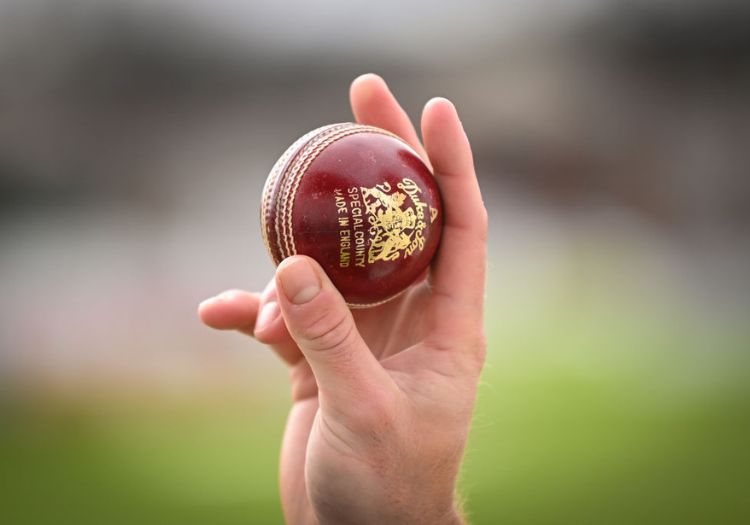
The cricket ball, typically red or white depending on the format (Red in Test Cricket and White in Limited Overs Cricket, i.e., ODIs or T20Is), must meet certain size and weight specifications. It is only allowed to weigh between 155.9g and 163g and have a circumference between 22.4cm and 22.9cm. There’s a reason why the ball’s condition is crucial, that’s because a worn-out ball behaves differently than a new one, affecting swing, reverse swing, spin, and bounce.
6. The Bat (Law 5)
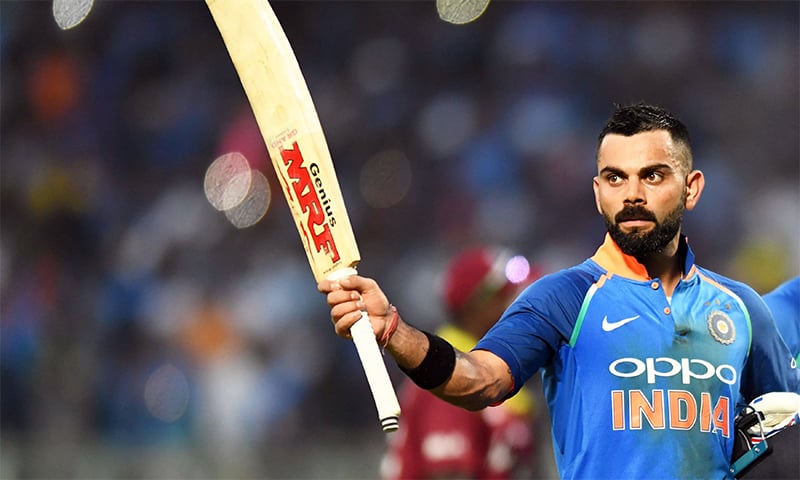
Just like the ball has set dimensions in which it should fall, so does the bat that batters use to score runs. The bat used by the batters must be no more than 38 inches in length and 4.25 inches in width. Bats are usually made of wood, traditionally from English willow or Kashmir willow. Over the years, the laws have limited bat enhancements to preserve the balance between bat and ball, but still, the bats have improved a lot over the last few decades.
7. The Wicket (Law 8)
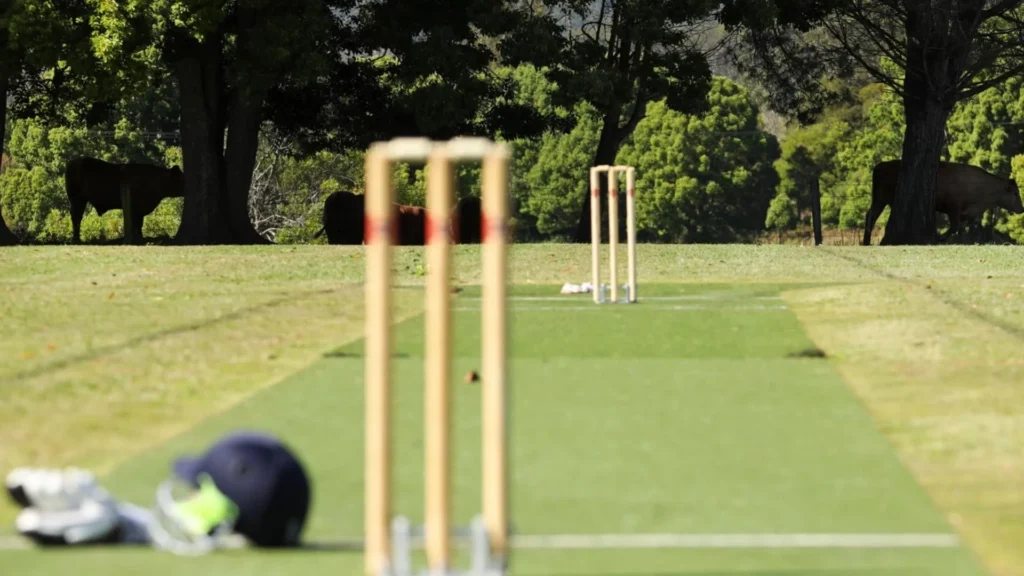
Just like the bat and the ball, the Wicket too has set dimensions. The wicket consists of three vertical stumps and two horizontal bails. The objective of the bowler is to hit the stumps and dislodge the bails to dismiss the batsman. The stumps must be 28 inches tall, and the width of the complete wicket is 9 inches wide.
8. Dismissals in Cricket (Law 30-39)
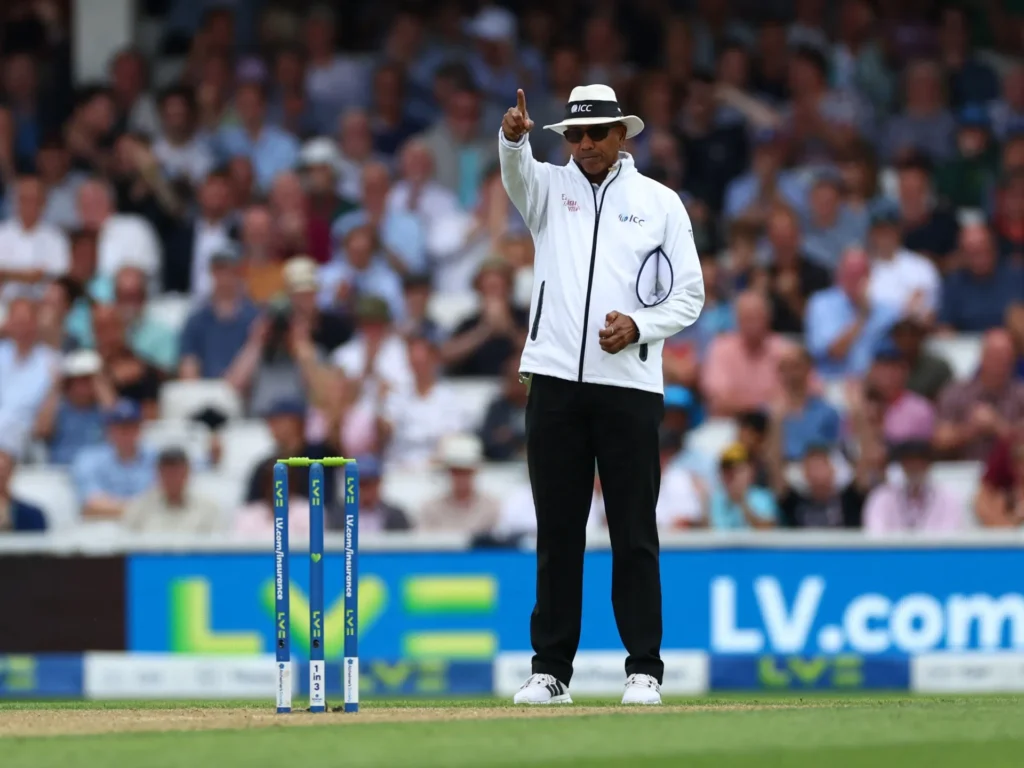
There are a total of 11 ways to dismiss a batsman, with five of these dismissals being the most common in cricket:
- Bowled: The ball hits the stumps and dislodges the bails.
- Caught: A fielder catches the ball on the full after it’s hit by the batsman.
- Leg Before Wicket (LBW): The batsman is out if the ball hits any part of their body (except the hand holding the bat) and the umpire believes it would have hit the stumps.
- Run-Out: The batsman is out if the ball hits the stumps while they are out of their crease attempting a run.
- Stumped: The wicketkeeper removes the bails while the batsman is out of their crease and not attempting a run.
While these are only the most common modes of dismissals, there are some rare ones, like Obstructing the Field, Hit-Wicket, Timed-Out, Retired-Out, Handling the Ball, and Hitting the Ball Twice.
9. No Ball (Law 21.5)
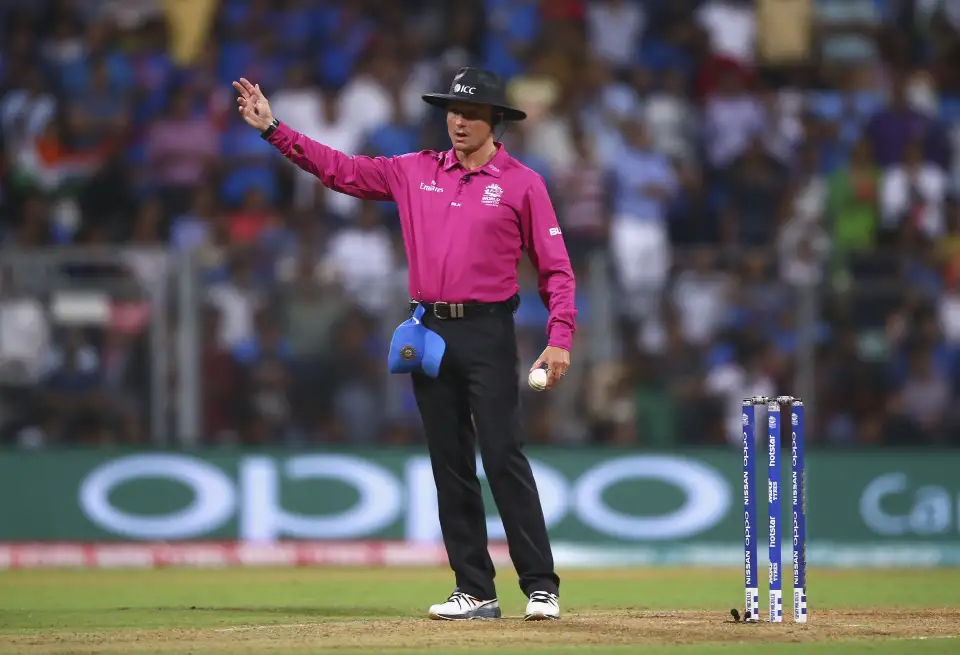
A no-ball is an illegal delivery in Cricket. It can occur in 15 different ways but only usually happens in the following two different ways:
- Front-Foot No-Ball: In this case, the bowler oversteps the popping crease and bowls, resulting in an extra ball, an extra run and a free-hit
- Waist-Height No-Ball: This is rewarded when the bowler bowls a dangerous delivery with a height exceeding the Batsman’s waist without any bounce
A no-ball gives the batting team an extra run, and the next delivery is a free hit, meaning the batsman can only be dismissed by run-out or obstructing the field.
10. Wide Ball (Law 22)
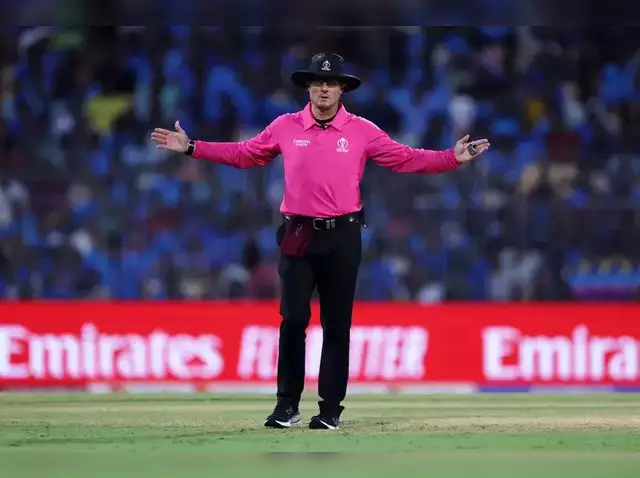
A wide ball is declared when the batsman bowls too wide, making it difficult or impossible to hit. This area is designated by the return crease present at the batting end of the pitch. The umpire signals a wide, and the batting team is awarded one extra run. The ball must be bowled again, adding pressure on the bowler to maintain accuracy. Another type of Wide-Ball is when the Bowler balls 3 balls in an over which are above the height of the Batsman’s shoulders but less than the height of the upstanding batsman. A Wide Ball is also declared if the ball bounces higher than the Batsman’s head.
Conclusion
Cricket, also known as the Gentleman’s game is a sport that since its inception has had a very rich tradition. The Laws and Rules given above are only the most basic and fundamental ones, as the Game of Cricket has many many more Laws to it. While this might make the sport seem complicated, it actually makes the sport much more enjoyable and easier to understand. Yes, every now and then the line between the Laws does get blurred with the game situation, but otherwise, the Laws are guidelines for the Game of Cricket which help in upholding the spirit of the game as a whole.


